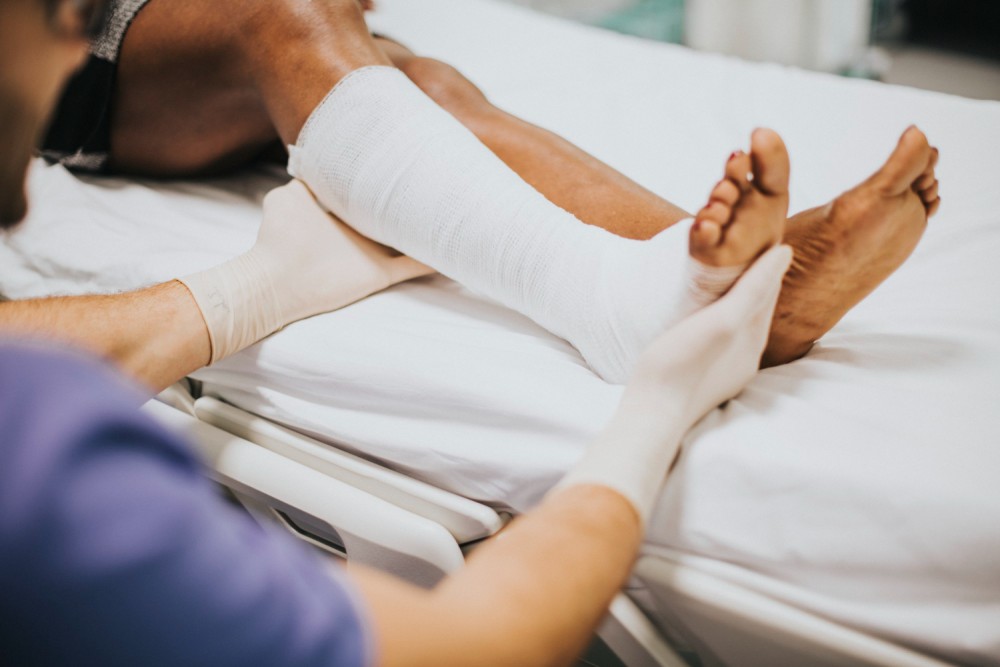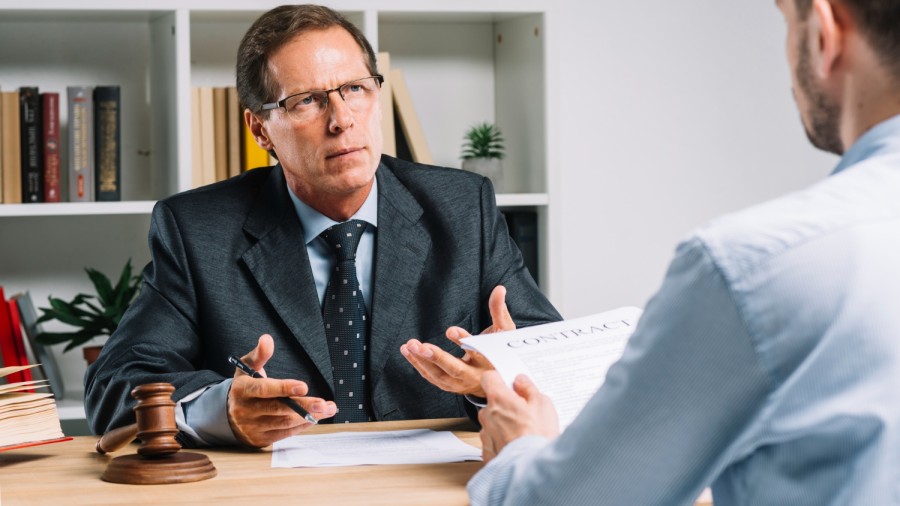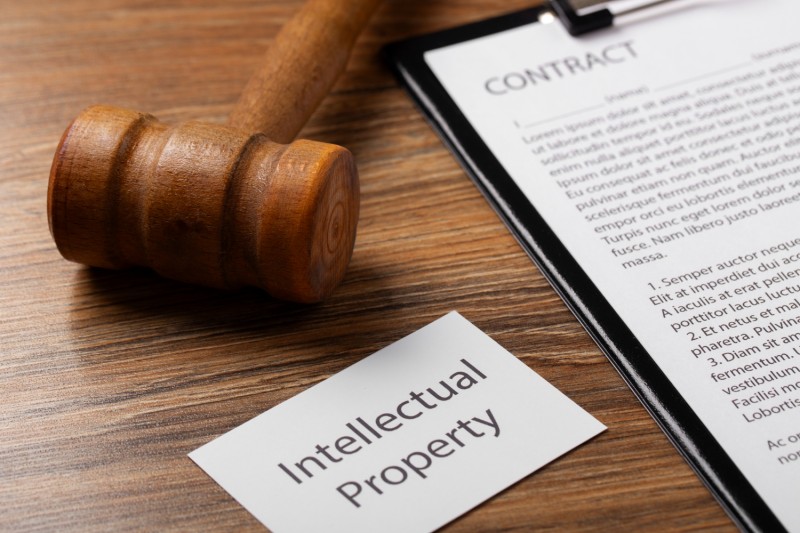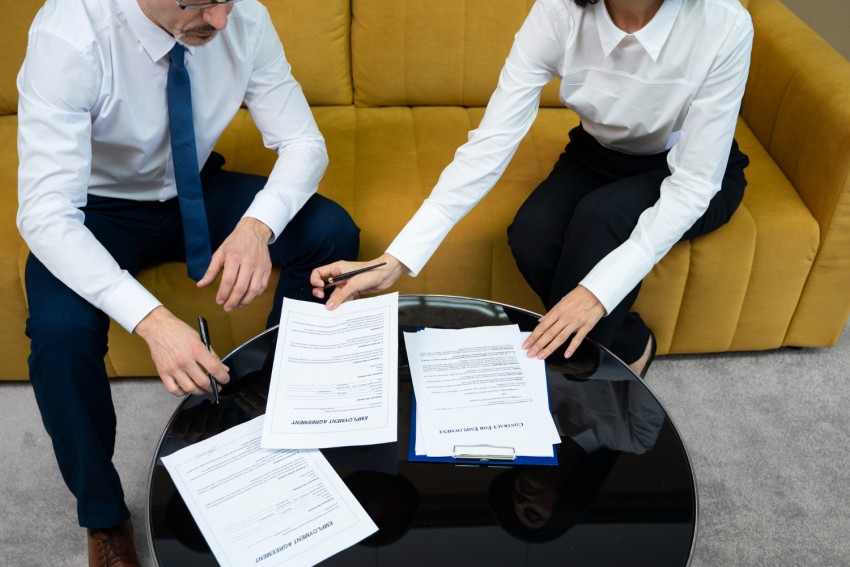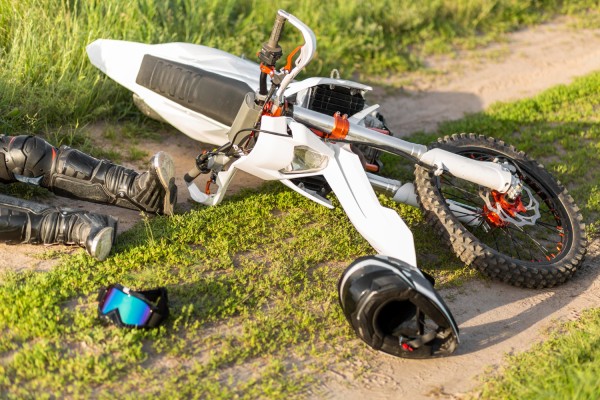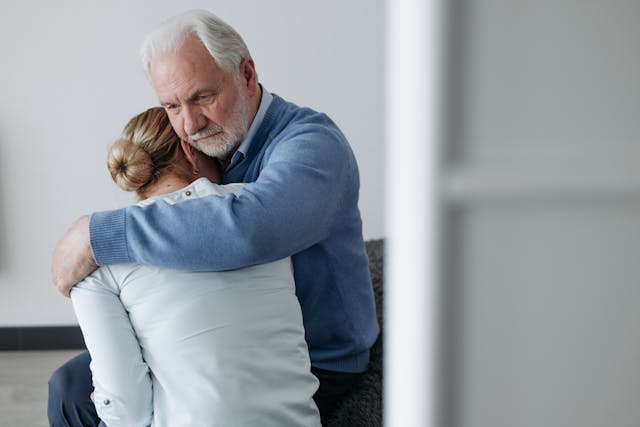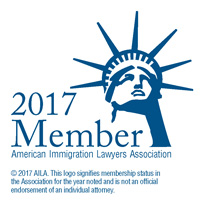Personal injuries can cause not only physical loss but also medical bills, lost wages, and emotional stress, and compensation for your personal injury settlements case will vary depending on the severity of the situation and the level of negligence by the liable party. One of the common questions we often get asked by our clients is, “What is the average compensation I can expect, and what do lawyers charge for their services in Los Angeles?” So, let us unfold these questions that can help you set realistic expectations
1. How much are most personal injury settlements
As we said earlier, the compensation for your injury will depend on multiple factors; however, most personal injury settlements in California or the US get somewhere between $3,000 and $75,000. If the case proceeds to court, the court or judiciary may consider the following factors when determining settlements:
- Injury severity: If there are major physical injuries as a result of the liable party’s negligence or wrongdoing, the compensation may be higher than expected, whereas if there are only minor burns or cuts, the court may decide to offer smaller payouts for medical bills.
- Medical expenses: If the medical costs of the treatment are higher, the settlement payout will also increase in the same ratio to compensate for the fair cost that can manage your financial stress.
- Lost income: These injuries might leave you with no work for the upcoming days or weeks. To ensure that you don’t lose your income, the court can help you get an equal amount of your lost income through compensation.
- Pain and suffering: The level of your pain due to the accident or suffering you go through, both physically and emotionally, can also be a crucial factor in deciding the fair settlement value.
2. What percentage do most personal injury lawyers take?
The majority of personal injury lawyers in Los Angeles, California work on a contingency fee basis, which means they are only paid if they help you secure compensation and win your case through a fair settlement. The amount or fee is not fixed but depends on the compensation amount. Usually, the standard rate in the United States is 33-40% of the total settlement amount.
This range depends on the complexity of the case and the actions that need to be taken. For example, if an injury case is straightforward and settled outside the court, you can expect to pay one-third of the compensation, which is 33%. But if your case is complicated and goes to court, the charges might be up accordingly.
3. What is the average payout for personal injury?
The amount for personal injury claims in Los Angeles varies, but typically the average personal injury settlement is around $52,000. However, we also need to know that:
About half of the claims get compensation less than $25,000, and large payout often involve severe injuries and major losses as medical bills and lost incomes
Conclusion
In conclusion, personal injury claims can be the perfect way to get financial help if you are suffering the loss from someone else’s negligence. Depending on the severity of the injury and losses you bear, you can get compensation from a few thousand dollars to $75,000. The lawyer fees for their case work will be 33 to 40% of the compensation based on the complexity of the case and efforts it takes.
